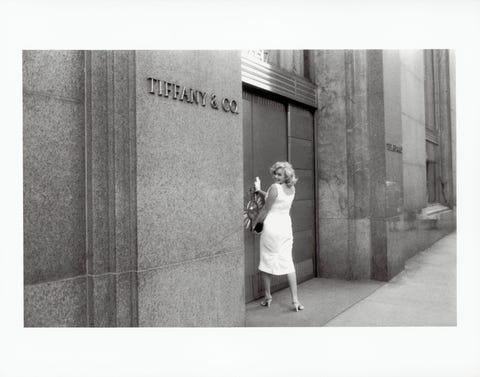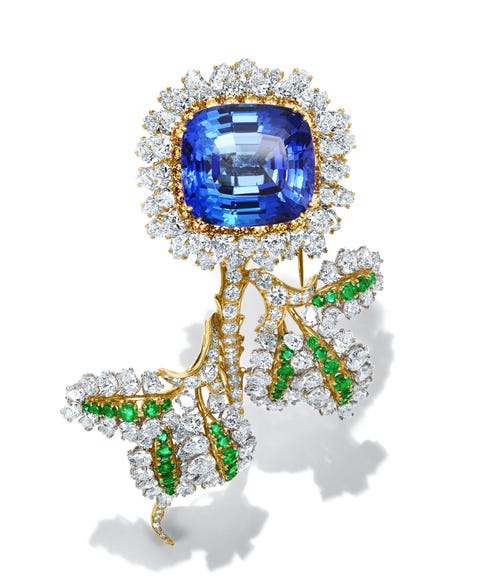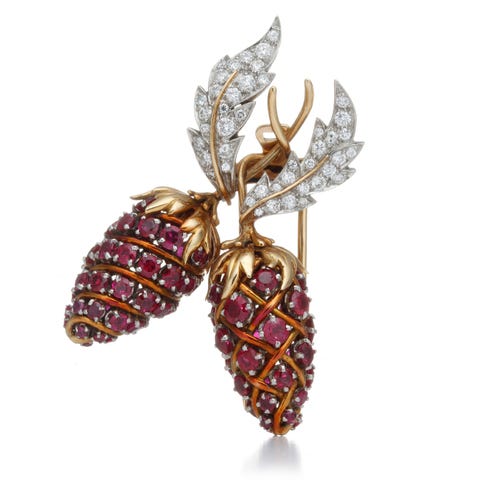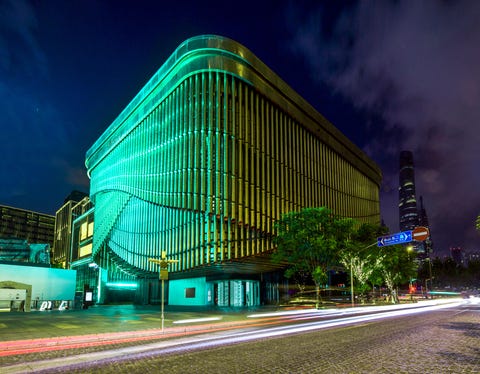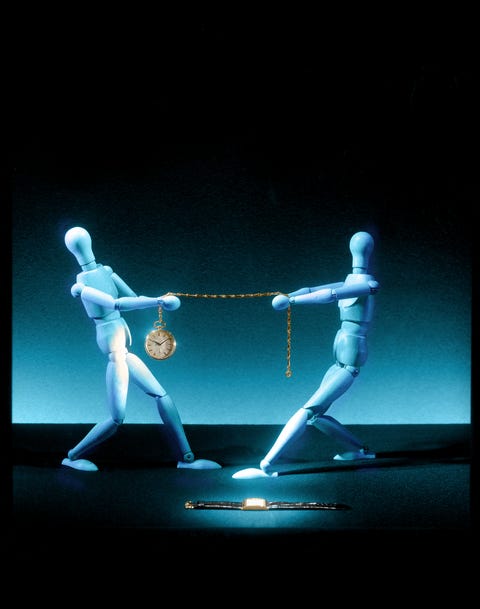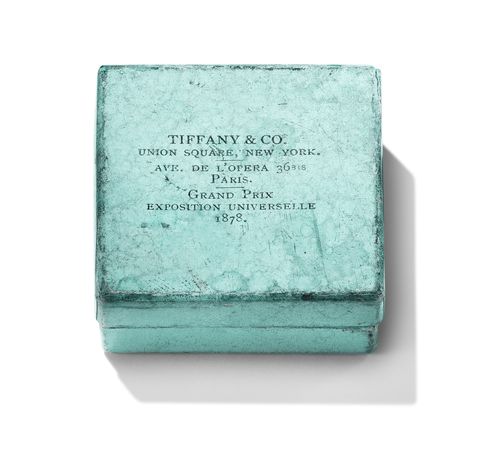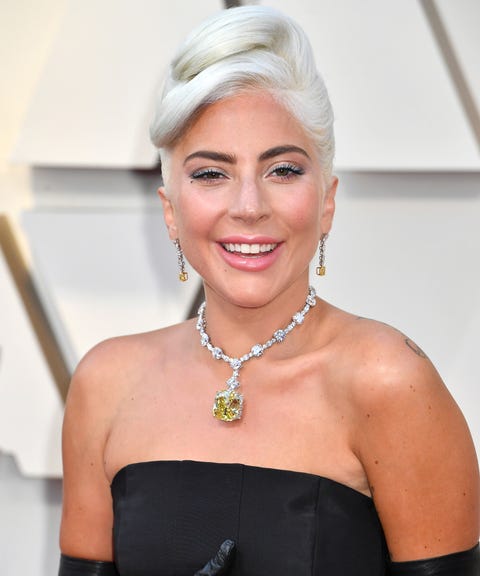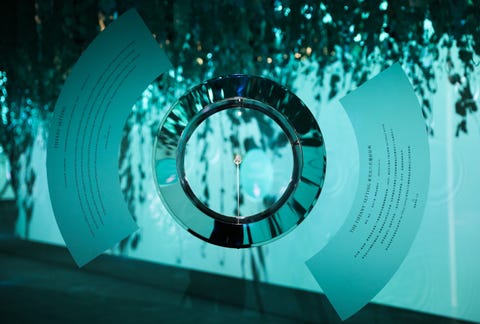For many tourists visiting New York City for the first time, Tiffany & Co.’s Fifth Avenue flagship store is an attraction as important as the Empire State Building or a Broadway show. They come for its clever window displays, dazzling fine jewelry, and, more often than not, they come hoping to walk away with a little blue box.
That Tiffany & Co. remains a draw after almost two centuries in business (and in the current rocky retail climate ) is a testament to the house’s artistry and innovation: In 1886, Charles Lewis Tiffany became the first jeweler to establish the diamond ring as the modern symbol of love. The Tiffany Blue Book, launched in 1845, was the first mail-order catalogue to be distributed in the United States. And in 1968, the brand introduced the never-before-seen tanzanite gemstone to market.
All of these milestones and more are highlighted at Tiffany’s sprawling “Vision and Virtuosity” exhibition which opened in Shanghai last month. Staged at the Fosun Art Foundation, the brand’s largest exhibit ever presents over 350 treasured Tiffany objects. They range from a delicate berry brooch owned by Jackie Kennedy Onassis (a gift from JFK), to Audrey Hepburn’s original Breakfast at Tiffany’s script, her notes scribbled in the margins.
According to Tiffany & Co. CEO, Alessandro Bogliolo, the company chose Shanghai “because it is such a vibrant city with a rich cultural heritage.” But the location is also strategic: The luxury market is booming in China—especially among Chinese millennials. And although “Vision and Virtuosity” marks 180 years in Tiffany’s history, the brand has only just come of age in mainland China.
Its first store opened in Beijing in 2001. By the end of 2019, there will be 35 outposts in China, with the the aim that the Shanghai flagship be second only to New York in importance. (Such expansion has caught the attention of luxury fashion conglomerate LVMH which recently offered to buy the independent jeweler.)
Organized into six thematic chapters, the show takes visitors on a journey through Tiffany’s pioneering narrative. It begins with “Blue is the Color of Dreams”, a series of reproductions of the aforementioned flagship’s iconic window displays, many inspired by the work of its former artistic director Gene Moore.
On view in “The World of Tiffany” are historic artifacts like the the jeweler’s original 1837 cash ledger and the earliest iteration of the blue box.
At the end of the final chapter, “Diamonds: Miracles of Nature”, lies the whopping, 128.54 carat Tiffany diamond worn only three times in history—once by Audrey Hepburn in promotional photos for Breakfast at Tiffany’s and most recently by Lady Gaga at the Oscars.
[/image]
Perhaps the most Instagrammable (or Weibo-able, since this is China) chapter is “Tiffany Love,” a room where visitors can take mirror selfies among enormous Perspex ring-shaped display cases, write love letters on the interactive walls, and try on actual Tiffany engagement rings just for fun. It is here that the jeweler will surely secure new legions, and, more to its likely intention, regions, of fans for whom Tiffany is the only choice for a successful proposal.
Interestingly, there is no jewelry for sale at the venue, not even in the gift shop. Free from any pressure to buy, visitors are tasked only with deepening their understanding of the brand—its past, present, and future. How that will translate to sales upon the show’s November 10th closing remains to be seen. But the odds are good that for visitors to Shanghai, Tiffany & Co. will be an attraction for years to come.

